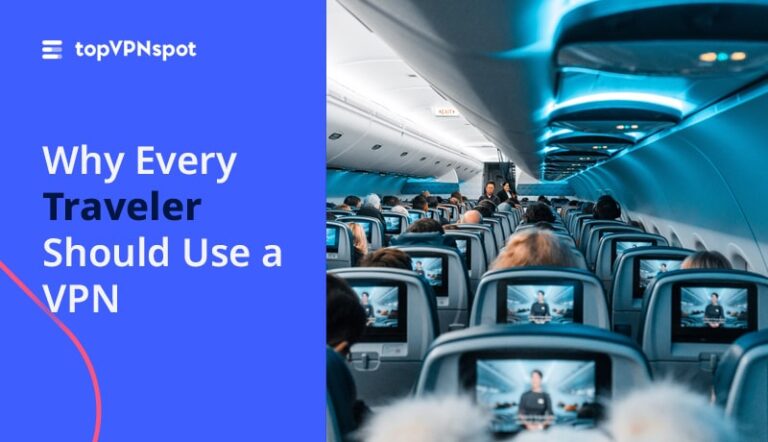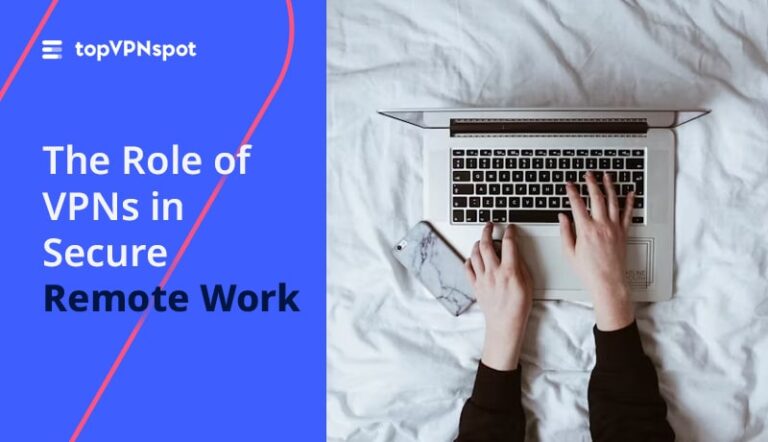As organizations increasingly harness data for internal and collaborative use, they face stringent laws mandating robust consumer privacy protections. Traditional methods of safeguarding confidential information are often inadequate, leaving companies vulnerable to legal actions, regulatory penalties, and reputational damage.
The Challenge of Protecting Privacy in Data Sharing
Since the 1920s, statisticians have devised various methods to protect individual identities in collected data. However, recent incidents reveal that even when personal identifiers like names and Social Security numbers are removed, skilled hackers can reidentify individuals by combining redacted records with publicly available information. This issue arises because releasing more data increases the likelihood of exposing personally identifiable information, creating a conflict between privacy and data utility.
The Solution: Differential Privacy
To address this challenge, computer scientists have developed differential privacy (DP), a mathematical approach that balances data accuracy and privacy protection. DP works by introducing small errors, or statistical noise, to the data or the statistical results. While more noise enhances privacy, it reduces data accuracy. DP’s breakthrough lies in its ability to quantify the privacy loss with each data release, allowing organizations to control the trade-off between privacy and accuracy.
How Differential Privacy Works
Introduced in 2006, DP involves adding statistical noise to either the underlying data or the computed results. This technique enables organizations to measure and manage the privacy-accuracy trade-off. For instance, the U.S. Census Bureau’s OnTheMap project uses DP to provide detailed commuting statistics without compromising individual privacy by altering the number of commuters in each census block.
Applications and Controversies
Since its introduction, DP has been adopted by various organizations, including the U.S. Census Bureau for the 2020 census, the IRS, and the Department of Education. However, its use has sparked controversy. When the Census Bureau applied DP to redistricting data, critics argued that excessive noise would render the data useless, leading to legal challenges. Despite these objections, the courts upheld the use of DP, emphasizing its role in privacy protection.
The Dual Nature of Differential Privacy
DP’s ability to adjust privacy levels is both an asset and a challenge. It offers a way to quantify privacy risks, but also forces data owners to acknowledge that privacy risks can only be mitigated, not eliminated. This complexity often contrasts with the black-and-white terms of privacy regulations, which aim to protect identifiable information. DP underscores that any data can potentially be reidentified if combined with sufficient additional information.
Approaches to Implementing Differential Privacy
Privacy researchers have developed three main models for using DP:
- The Trusted Curator Model: An organization adds noise to statistical results before publishing them. This model is suitable for internal data analysis, as demonstrated by Uber’s use of DP for rider and driver data to improve customer experience while protecting individual privacy.
- DP-Protected Synthetic Microdata: Organizations create a statistical model of the original data, apply DP to the model, and generate synthetic records. These records can be analyzed without additional privacy loss, though they may not link well with other data sets due to the lack of identifiers.
- The Local Model: Noise is added to each data record at the time of collection, before analysis. Google used this method for Chrome browser statistics but found the noise level too high, leading to the adoption of a more complex approach combining anonymous mixing and the trusted curator model.
Is Differential Privacy Ready for Mainstream Use?
DP remains a young technology, best suited for numerical statistics rather than text, photos, voice, or video. Its steep learning curve means organizations should start with small, well-defined pilot projects, such as a local utility sharing DP-protected customer delinquency records to target emergency assistance more effectively.
For companies considering DP, expert consultation is crucial. Advanced knowledge in computer science is needed to navigate the technical complexities and evaluate available DP tools. While DP might be too complex for widespread use currently, organizations can still enhance privacy protections by adopting principles like adding statistical noise to their data products.
Moving Forward with Differential Privacy
Differential privacy represents a significant advancement in data protection, enabling organizations to balance privacy and utility effectively. By embracing DP and its underlying principles, companies can safeguard personal information while leveraging data’s full potential, positioning themselves for success in an increasingly data-driven world.
Struggling to select the ideal VPN? Consult our thorough, user-friendly comparison of leading VPN services to determine the perfect fit for your online security needs.
Why trust us
Behind every review is our team’s real-life, multi-device, cross-location VPN showdown. We’re all about the facts, not the hype. We’ve spent hours testing VPNs on every device we’ve got – to bring you advice that’s as genuine as it gets.
212
Hours of rigorous testing of each top VPN service
100%
Strict policy of unbiased testing & assessment
No Ads here
To help us keep it ad-free you can follow us on X
Reader Favorites
Privacy
April 2024
•
5 min read
Uncover the hidden dangers of online identity cloning and learn how to protect your digital self from cybercriminals
Danyal Sadique
VPNs
April 2024
•
5 min read
Discover why a VPN is essential for travelers and how it enhances security and accessibility abroad
Umar Zaman A.
Security
April 2024
•
5 min read
Prepare for the future of cybersecurity by understanding and defending against next-gen AI-driven threats
Raffeain K.
VPNs
May 2024
•
5 min read
Ensure secure remote work by using VPNs to protect sensitive data and communications. Learn key best practices for optimal safety
M. Zayan
Security
June 2024
•
5 min read
Unveil the risks posed by deepfakes in cybersecurity and discover ways to protect against this emerging threat
Danyal Sadique
Privacy
April 2024
•
5 min read
Explore how your data is driving AI development and what you can do to maintain control over your personal information
Umar Zaman A.
We are an alliance of passionate cybersecurity experts, united by a shared mission to disseminate our in-depth knowledge of digital security measures. Our commitment is to empower internet users by providing them with the essential tools and insights needed to navigate the online world safely. Through topVPNspot.com, we offer a platform where our collective experience in cybersecurity converges to guide users in protecting their digital presence effectively.





